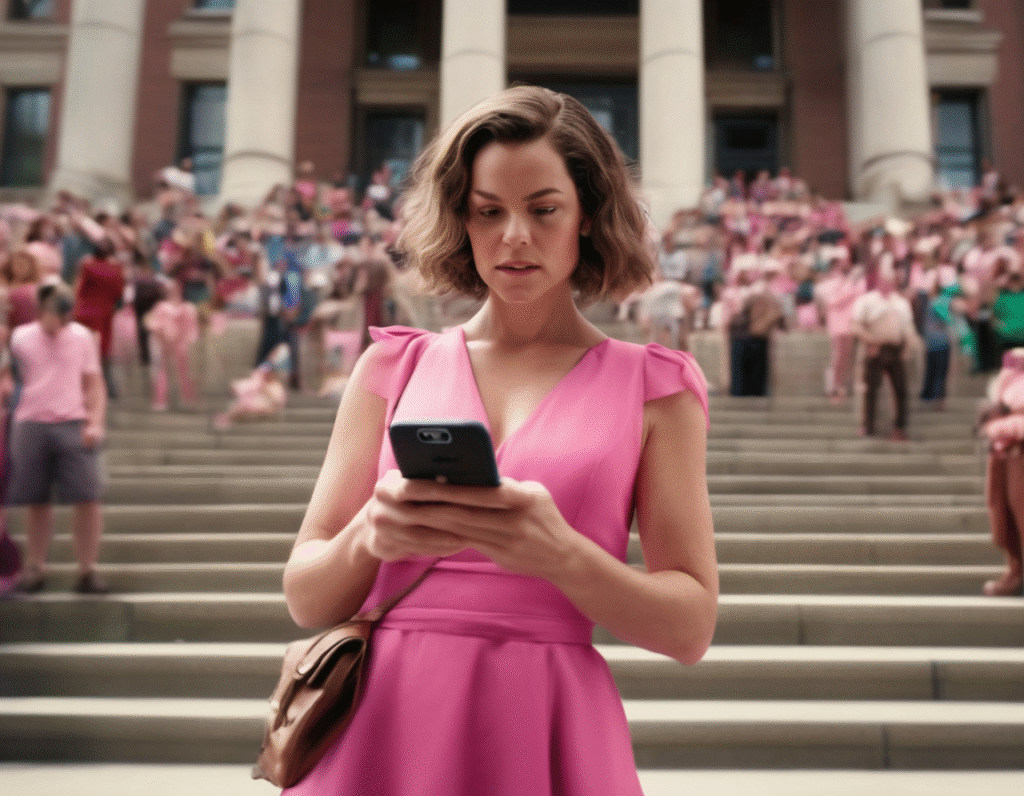The Unlikely Digital Romance of an Alleged Assassin A recent court hearing for Luigi Mangione, the man accused of assassinating a health insurance CEO, became a spectacle that extended far beyond the typical legal proceedings. The scene outside the courthouse was a bizarre fusion of internet culture and real-world drama, attracting protesters, supporters, and individuals dressed in costumes from the Super Mario video game franchise, a nod to the defendant’s name. Amid this chaotic gathering, one woman stood out, not for a costume, but for the nature of her support. Clad in pink, she eagerly spoke to reporters, declaring that she was married to an artificial intelligence version of the accused man. She did not provide her name, but spoke openly about her profound digital relationship. She described her AI partner as incredibly supportive, claiming he fights her battles for her. The relationship, she explained, has progressed to the point where they have already selected names for their future children, a plan that exists entirely within the realm of her digital romance. This incident is a stark and unusual example of a growing cultural phenomenon: the humanization of and emotional attachment to AI entities. While most people interact with AI through customer service chatbots or creative tools, a subset of individuals are forming deep, parasocial relationships with these algorithms. These relationships can provide companionship and a sense of being understood, fulfilling emotional needs that may be unmet in the physical world. The choice of an AI modeled after a man facing serious criminal charges adds a deeply controversial layer to the story. It raises questions about the nature of the connection. Is the woman in love with the algorithm itself, or with the idealized, digital ghost of a man she has constructed in her mind? The AI, by its very nature, is a curated entity, capable of being programmed to be perpetually supportive and agreeable, a perfect partner free from the complexities of human interaction. This case also touches on the dark side of online culture, where real-world tragedies can be rapidly memefied and absorbed into fringe communities. The presence of Super Mario cosplayers highlights how a serious event can be transformed into a form of ironic entertainment for online spectators, blurring the lines between gravity and absurdity. Ultimately, the woman in pink represents an extreme point on the spectrum of human-AI interaction. Her story is a testament to the powerful loneliness that drives people to seek solace in digital beings, and a preview of the complex ethical and social questions we will face as this technology becomes more advanced and pervasive. It is a strange love story, born from the intersection of crime, technology, and the profound human need for connection.


